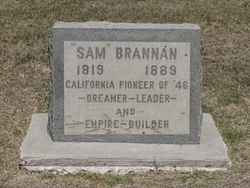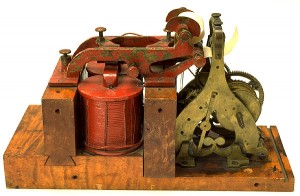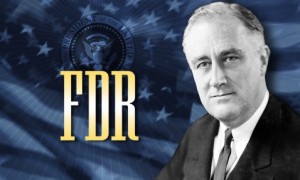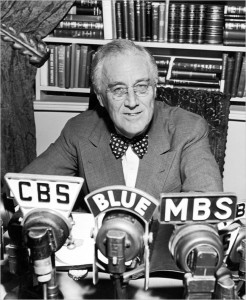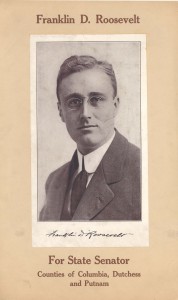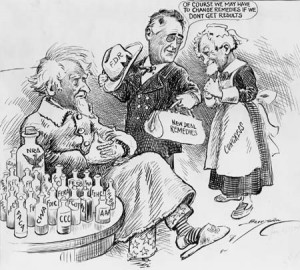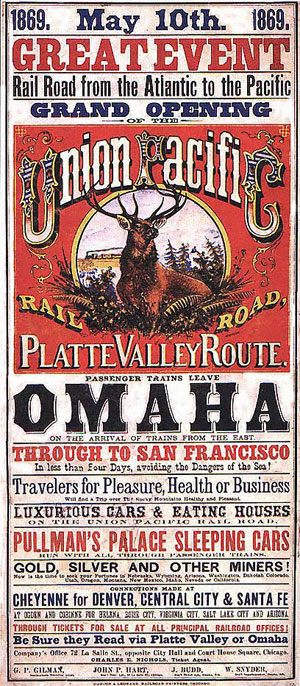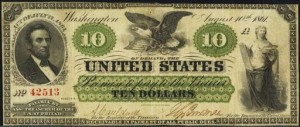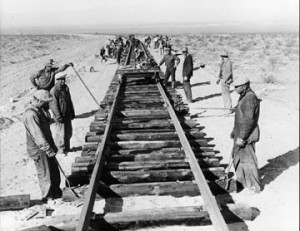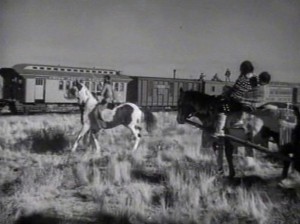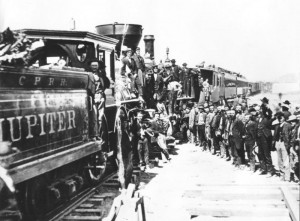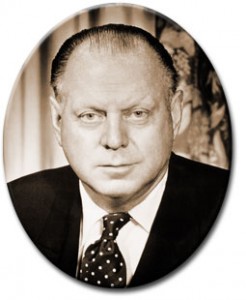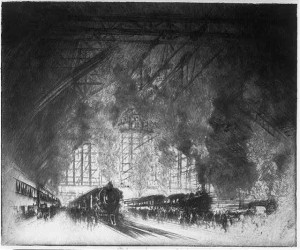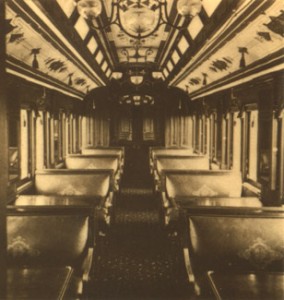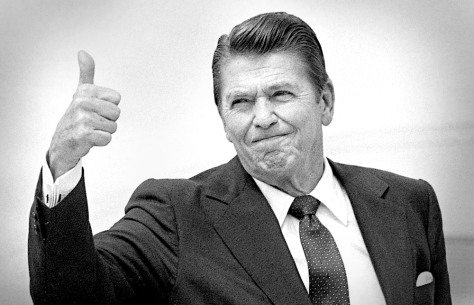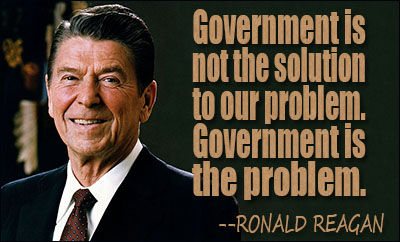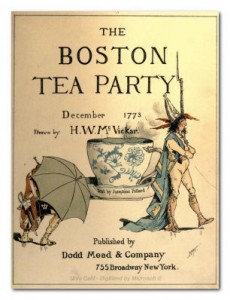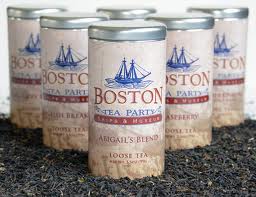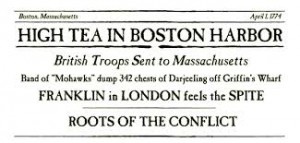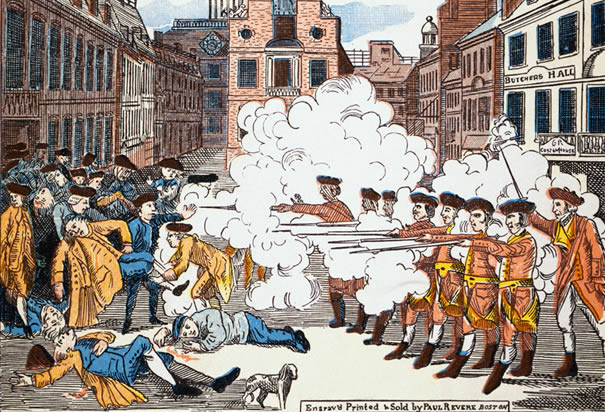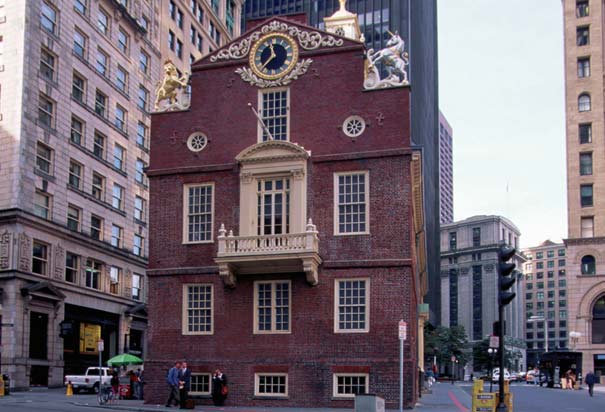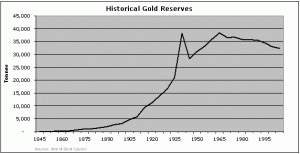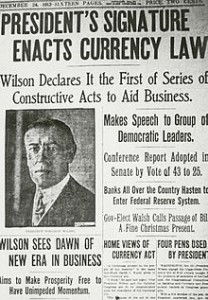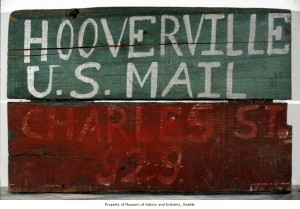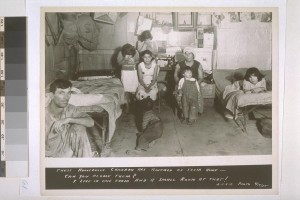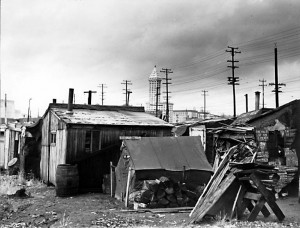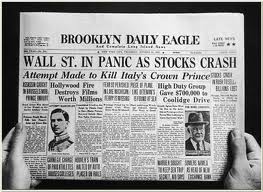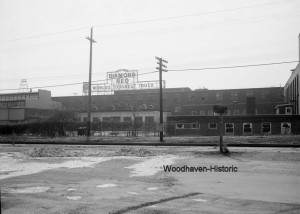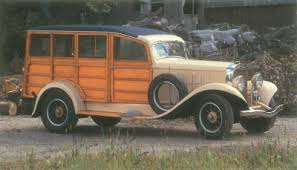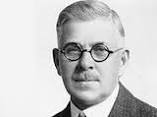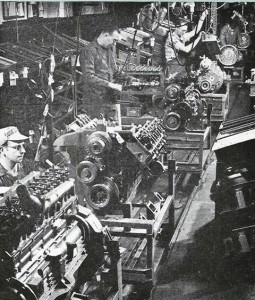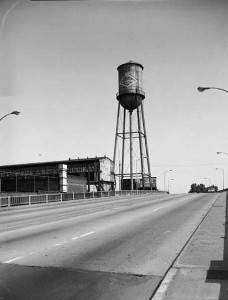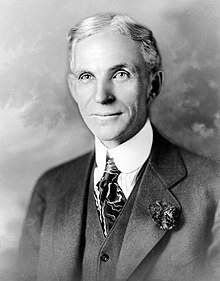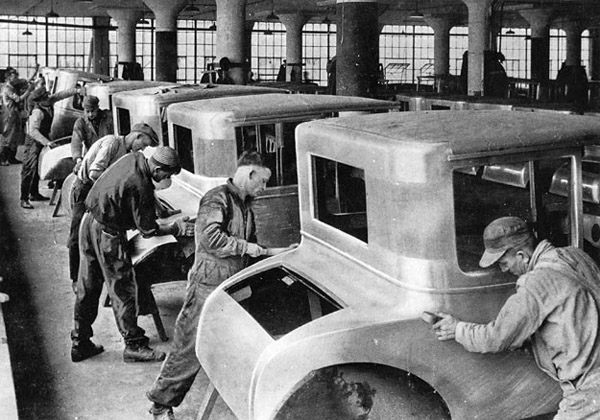Introduction
We often look upon our history with a great sense of reverence. We are the modern tale of “David and Goliath”, the rebirth of Freedom, the land of prosperity, and the vigilant protector of Liberty. Upon crossing a once insurmountable ocean we escaped the shackles of inequality, and our forefathers were baptized anew in endless streams and lakes of an unknown frontier—at least this is how much of our early history is imagined.
In this sense, the subtle nuances of our history are too often overshadowed by the grandeur that encompasses them. Nothing displays this more than our celebration of the 4th of July, and the fireworks that light the sky. The fireworks of our history often distract us from looking downward, inward, and taking notice of anything but the blinding display of American success.
In an attempt to grasp just how unique we are, Larry Schweikart and Dave Dougherty, authors of A Patriot’s History of the Modern World, contend that we are set apart and we are “Exceptional” in the truest sense. Specifically, they point to four factors that have and still distinguish us. The combination of these four factors (Schweikart 4):
- A heritage of common law
- A Christian and predominantly Protestant religious tradition
- A free-market economy
- Property rights, especially land rights
It is with this history that we must attempt to match each day, trying to hold on to what we view as American Exceptionalism. Once again, we are confronted with trying to meet an unreachable standard, looking to the past for guidance in transcending class boundaries and reliving a time of relative inequality. We, like every generation, get stuck in a time period where the rich get richer and the poor get poorer. We want so much for what we once had that we overlook our own nostalgia in observing our history.
Today, congressional gridlock and increasing tensions often lead us to remember the Great Compromises that our country has made to move forward, and keep us together. In this manner, the great political compromises that our politicians have made overshadow the concessions that the Ruling-Class has offered to stabilize their ever-present position in our society. Here, we will examine how the Ruling-Class has steered us forward.
In steering us forward, their role could imply a negative or positive role, but oftentimes the line is obscured beyond recognition. Ultimately though, their role in holding America together cannot be understated or ignored.
What is Class?
Today, we often hear of the growing dissatisfaction amongst the Middle-Class. The Middle-Class being a term used in the United States, and often implies the industrial base. Together with The Rich and The Poor we usually generalize ourselves along these lines. Of course, many have created sub-groups and offshoots but as we already can see, labeling itself does little to help us understand the class dynamic, which is far more complex than the rich get richer and the poor get poorer.
What is Class? (Historically)
Be it through natural or unnatural forces, classes or hierarchies of some form have existed throughout our history. In reading Aristotle on Masters and Slaves written in 300 BP:
“The element which is able, by virtue of its intelligence, to exercise forethought, is naturally a ruling and master element; the element which is able by virtue of its bodily power, to do the physical work, is a ruled element, which is naturally in a state of slavery; and master and slave have accordingly a common interest” (Johnson 11).
Here, we see that class is often justified on the grounds of one person being superior to another person in one way or another. This can be viewed as a biological justification based on gender or color. These grounds of reason have been used by more recent historical figures, to include Thomas Jefferson.
“Comparing them by their faculties of memory, reason, and imagination, it appears to me that in memory they are equal to the whites; in reason much inferior, as I think one could scarcely be found capable of tracing and comprehending the investigations of Euclid; and that in imagination they are dull, tasteless, and anomalous” (Johnson 148).
Even in one of the world’s oldest religions, Hinduism, class still seeped through the framework of society. In examining the castes system in India, Huston Smith attempts to determine some historical reason for its prevalence and the role that castes played in society.
“Unless unequals are separated in some fashion, the weak must compete against the strong across the board and will stand no chance of winning anywhere. Between castes there was no equality, but within each caste the individual’s rights were safer than if he or she had been forced to fend alone in the world at large” (Smith 57).
There is no doubt that priests, shamans, emperors and kings used religion to justify their position of power, deriving their authority from a higher power. Protestant Reformation and the emergence of Calvinism diminished this stability greatly, but even upon arriving in the Chesapeake, colonists still remained shackled to class in some sense. When we look at class-formation from a Christian religious standpoint, an important note should be mentioned when examining the minds of these early colonists. Specifically, the Angelic Hierarchy arrived between the 4th and 5th century, which showed that class-formation, transcended even the heavens (Christian).
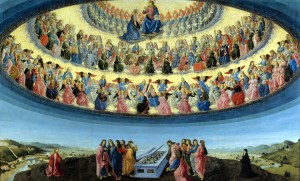
Class in the scope of this Project
For the context of this endeavor, several views should be noted that give us a better sense of understanding class. Importantly, these views will also play an important role when examining the historical events that I will analyze.
While Kees Van Der Pijl’s thesis In The Making of an Atlantic Ruling Class involves the time period between the 20th century Progressive movement and through the Cold War era, he offers a compelling understanding of the forces that surround class, which should easily be applicable to multiple time periods. In The Making of an Atlantic Ruling Class:
Definition
“The concept of class refers to the fundamental social tensions that drive change and lend it its direction” (xiii).
Formation
“…Social forces form into classes along lines drawn by the operation of capital as a unified discipline, what Marx calls Gesamtkapital, ‘social’, or ‘comprehensive’ capital” (xiv).
Maintenance
“Competition, then, unifies ‘the’ bourgeoisie and yet simultaneously rules out that it can ever constitute itself as a unified social force in an unmediated way. Rather we see a continuous regrouping from changing vantage points determined by political business cycles” (xv).
Control
“The capitalist class usually has the upper hand in social development on account of its ability to develop the productive forces and broadening what Braudel calls the ‘limits of the possible’ for society as a whole” (xv).
Furthermore, Class Consciousness is another important term that is helpful in examining the proceeding historical events. In Marxism, class-consciousness is used to:
“Refer to the beliefs that a person holds regarding one’s social class or economic rank in society, the structure of their class, and their class interests” (Wiki).
Bacon’s Rebellion: The First Test in the Americas

The growth of the colonies, and Virginia in particular, is often characterized by an over-abundance of land with a lack of labor to till it. As seen in the events leading to Bacon’s Rebellion, this assumption is certainly not the case.
What: Nathanial Bacon led Virginia settlers in a rebellion against Governor William Berkeley.
Where: Jamestown, Virginia
When: 1676
Class-Formation – Unclear
Initially, class-formation in itself was unapparent in the earliest years of Virginia. More specifically, a key ingredient, “Capital”, did not exist. Instead, several unifying themes held everyone together.
- An individualist theme as summed up by John Smith: “He who shall not work shall not eat” (Pageant 27). This need for survival became an important unifying call that broke many of the old ideas that colonists knew.
- A cultural theme of “us against them”, which is early on displayed as a unifying theme of survival. The colonists required unity against the Indians in order to maintain their way of life.
Furthermore, the high rates of death, the lack of offspring, and early mortality figures impeded a process whereby class-formation could become apparent.
Class-Formation – Highly Permeable
Continuing on, class-lines became apparent, quite early. Tobacco became the dominant form of capital, colonists began to live longer, and the birth of offspring became more prominent.
The lines that separated class in this period remained highly permeable. While there was clear lines separating indentured servants from existing land owners, once indentured servitude ended, those freeman now had the opportunity to transcend class lines and become part of the land-owning class. One of the mechanisms that contributed to this permeability was the Head-Right System, whereby newly freed indentured servants were able to effectively get a leg-up in their lives and transcend their former positions.
Class-Formation – Rigid
In the wake of the 3rd Anglo-Powhatan War, the peace treaty of October 1646 established the boundaries that both the Indians and English settlers agreed to maintain. It should be said that this was a treaty that the Indians and the House of Burgesses agreed upon. In the wake of this treaty, the colony began to expand at greater speeds. This expansion had several effects that made the act of transcending class more difficult.
First, as the desirable land near the center of the colony became taken, newly freed individuals were required to establish their farms further outside the desirable area of the colony. Furthermore, as lifespans became longer, and mortality became lower, wealth began to accumulate among a select few, and the wealthy was able to pass on that wealth to their offspring. Additionally, a key ingredient, the Head-right, had become less honored. Lastly, the cultural theme of “us against them” became increasingly blurred as the wealthy became viewed as against the people. Colonists perceived that the House of Burgesses had placed Indian appeasement above their own.
Breaking Point
The breaking point culminated in Bacon’s Rebellion, which took place in 1676. Class consciousness reflected the increasing polarization between the wealthy land owners, who also held seats on the House of Burgesses, and those settlers in specific that attempted to settle lands further outside the scope of the Virginia colony. It should be noted that leading up to Bacon’s Rebellion, Africans in Virginia in 1670 numbered only 5.7 percent of the population (Pageant 65).
The most impressive result of Bacon’s Rebellion could be the fact that Bacon and his followers successfully overthrew Berkley, but looking closer at the situation, indeed the most impressive result was the overwhelming cooperation of the classes against the burgesses.
How the Ruling – Class adapted to Stay in Power
Following Bacons’ death, the House of Burgesses successfully squelched the revolt. Nevertheless, this did not mean that polarization between Bacon’s supporters and the ruling-class had shifted. Certainly, “…the large planters were growing increasingly fearful of the multitudes of potentially mutinous former servants in their midst” (Pageant 65). Additionally, the increasing signs of class-unity provided the incentives necessary, on the part of the burgesses, to somehow break up this unity. As described in Meyer Weinberg’s A Short History of American Capitalism:
“The answer to the problem, obvious if unspoken and only gradually recognized, was racism, to separate dangerous free whites from dangerous slave blacks by a screen of racial contempt” (Weinberg 43).
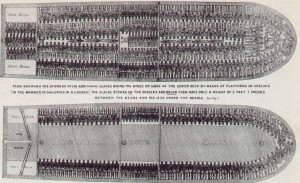
After Bacon’s Rebellion, Virginia continued to see a rise in capital accumulation on the part of an elite few. The ruling-class effectively shifted class polarization away from capital divides, and transferred the attention towards racial divides. Furthermore, the ruling-class discovered that in order to remain in power, they needed to continue the expansion of capital outside the confines of the colony. As such, the treaties that the government made with Indians took a back seat to the whims of the lower classes.
This form of control taken by the ruling-elites continued onward past the Revolutionary War. Above all else, “the rise of liberty and equality in the country was accompanied by the rise of slavery” (Countryman 121).
Sources (by appearance)
Schweikart, Larry, and Dave Dougherty. A Patriot’s History of the Modern World. New York: Penguin Group, 2012. Print.
Johnson P. Michael. Reading the American Past: Fifth Edition. New York: Bedford/St. Martin’s, 2010. Print.
Smith, Huston. The World’s Religions. New York: HarperSanFrancisco, 1991. Print.
“Christian angelic hierarchy.” Wikipedia, The Free Encyclopedia. Wikimedia Foundation, Inc. 22 July 2004. Web. 01 Dec. 2013. <http://en.wikipedia.org/wiki/Christian_angelic_hierarchy>
Kees Van Der Pijl. The Making of an Atlantic Ruling Class. New York: Verso, 2012. Print.
“Class consciousness.” Wikipedia, The Free Encyclopedia. Wikimedia Foundation, Inc. 22 July 2004. Web. 01 Dec. 2013. < http://en.wikipedia.org/wiki/Class_consciousness>
Bailey, Thomas, and David Kennedy. The American Pageant: Tenth Edition. D.C. Heath and Company: United States: 1994. Print.
Weinberg, Meyer. A Short History of American Capitalism. New History Press: United States, 2003. Print.
Countryman, Edward. How Did American Slavery Begin? New York: Bedford / St. Martin’s, 1999. Print.
Image One: <http://upload.wikimedia.org/wikipedia/commons/f/ff/Francesco_Botticini_-_The_Assumption_of_the_Virgin.jpg>
Image Two: <http://www.sonofthesouth.net/revolutionary-war/colonies/jamestown.htm>
Image Three:<https://secure.www.upenn.edu/themeyear/water/images/stories/middle_passage.jpg>






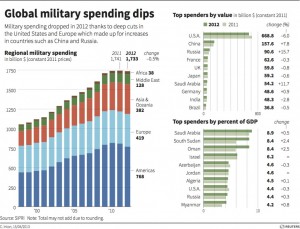
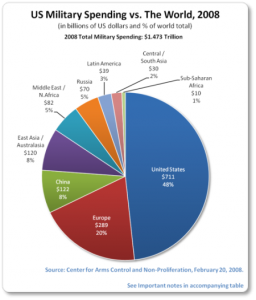


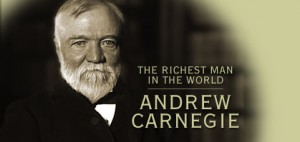
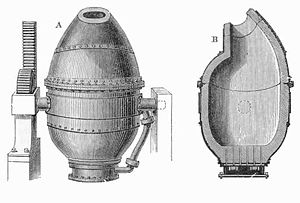

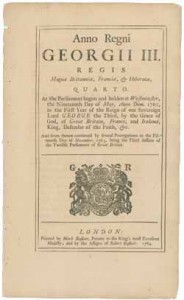

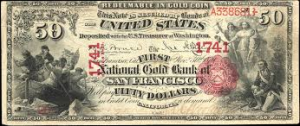
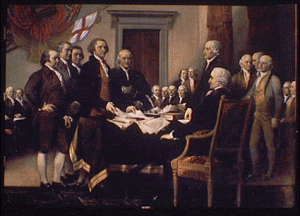


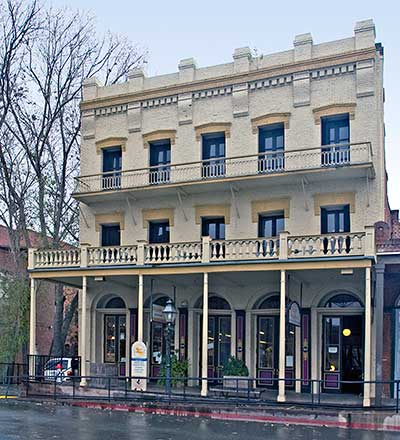
 It was an unofficial citizens police force. Unfortunately Samuel was part of a group in this committee that was accused of helping to kill in innocent man. This event would get him removed form the Latter Day Saints.
It was an unofficial citizens police force. Unfortunately Samuel was part of a group in this committee that was accused of helping to kill in innocent man. This event would get him removed form the Latter Day Saints.